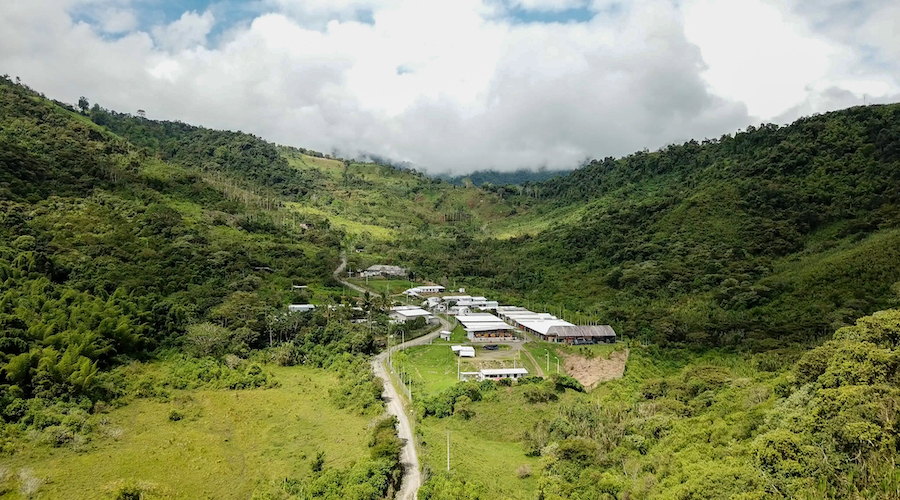De Beers considering Snap Lake closure

The Snap Lake Diamond Mine is located about 220 km northeast of Canada’s Yellowknife, Northwest Territories. According to De Beers, it was their first mine outside Africa and Canada’s first completely underground diamond mine. (Courtesy of De Beers)
De Beers Canada, a unit of Anglo American, said closure is one of the options being considered for the mine in the Northwest Territories which has never turned a profit since beginning production in 2008.
Recent fall in rough and polished prices – down by nearly a fifth over the past year – has restructuring the mine even more pressing De Beers spokesman Tom Ormsby told Reuters on Thursday:
“Any time these scenarios come forward, where the cycle is challenging, everything’s on the table and everything’s looked at including the option of what would we do if we had to go into any kind of a care and maintenance or closure situation.
“Nothing’s off the table.”
Snap Lake was the firm’s first diamond mine outside of Africa, and Canada’s first primary underground diamond mine. The mine employs 747 workers and produced 1.2 million carats last year and was scheduled to stay in production for another 12 years.
De Beers has announced production cuts on three occasions this year and on Tuesday the company, part-owned by the government of Botswana, ended more than 125 years of diamond mining history in South Africa by selling its last remaining producing assets in Kimberley, the city that was the centre of a 19th century exploration frenzy.
A De Beers and Mountain Province Diamonds joint venture in the Northwest Territories called Gahcho Kué, the largest new diamond mine under development globally, is progressing according to plan and budget with production planned for H2 2016.
Mountain Province Diamonds estimates that the total capital cost to build the mine which is around 70% complete is just over $1 billion and will employ 400 workers when in production.
More News
{{ commodity.name }}
{{ post.title }}
{{ post.date }}




5 Comments
Chris Kuntz
Interesting report.
Curtis Clarke
Correction: The Victor Mine in Ontario is DeBeers first diamond mine in Canada
Martin
DeBeers
laid off 430 from Snap Lake today. They are keeping a crew for shut down,
but eventually all but 70 of the 700 employees will be laid off.
Tough
announcement for Yellowknife.
Victoria
Yeah it is. Especially this close to Christmas. my step dad is one of em.
Theo
How is that possible?! …, “The Snap Lake mine never turned a profit since beginning production”.
And this after years of exploration, sampling, testing and evaluating, … resulting in a feasibility report (?) that was at the basis of the construction of the mine.
Besides 2009 and 2015, the miners have has had quite some good times where prices of rough diamonds have continuously gone up, until, the recent bubble burst (commented in numerous articles).